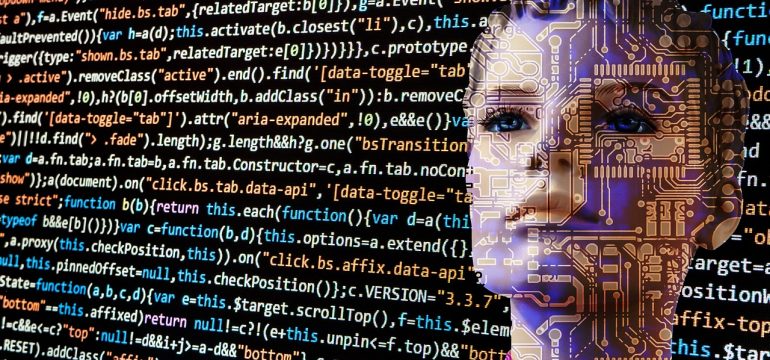The term “artificial intelligence” always conjures images of a science-fiction prototype. Thanks to the influence of popular culture, artificial intelligence is always interpreted in the popular culture as intelligent machines and robots, autonomous, independent and able to take their own decisions, learning about their own environment on their own.
However, it does not always have to be so grand. Artificial intelligence (AI) can often be simpler – a computer performing analytical functions but at superhuman speeds. It is similar to machine learning where computers and systems work with huge amounts of data, analyzing it, running algorithms to find patterns and understand the data. Artificial intelligence goes one step higher – it is a system which does not just provide results from huge amounts of data but also has the capacity to take decisions on it.
The benefits of AI-based cybersecurity
Obviously, in a cybersecurity setting, artificial intelligence can have many positive functions. The most important facet of cybersecurity is threat prevention. Now, threats in the wild are continuously evolving and multiplying at a gargantuan rate which makes it impossible for human beings to keep track. Besides, cybersecurity also encompasses enterprise analysis, employee detection and myriad other activities. But the sheer power that a computer provides can help with dispersing many functions.
- AI-powered cyber security solutions in coordination with human intelligence can be extremely useful when dealing with large amounts of data. AI can analyze this data to find patterns and anomalies, helping to understand the environment. This way, it can understand concepts such as normalcy and false positives and flag when there are events which are not “normal”.
- In the same vein, AI can monitor user activity of an enterprise system over a period of time which enables it to understand the “normal” way of functioning. This way, rogue user behavior can immediately be flawed – for example, if a typical user does not log in from his usual location but from somewhere else, an immediate flag can be raised with the user being asked for more authentication.
- AI-based solutions also help in identifying variants of threats. Many new vulnerabilities are simply variations of a past threat with some differences. AI can check these new vulnerabilities, check against its system of past detection and if a match is found, can take similar measures for prevention.
However, while AI is a great tool for cybersecurity and threat prevention, it is important to remember that, at the end, it should be treated as just a tool and not as an all-purpose solution. In fact, there can be several cases where AI could be misused.
How it can be misused
- Ultimately, AI is all about data. And just like how data is analyzed and understood through cybersecurity solutions, the same happens on the other side. Cybercriminals and hackers are increasingly using AI to launch even more sophisticated attacks.
- This is being done with many various forms of cyberattacks being automated. This means thousands of attacks are launched relentlessly through AI. Cybercriminals also use AI to run their own research and find loopholes in enterprises.
- Cybercriminals can also use AI to scan through huge tracts of data quickly and find Personally Identifiable Information (PII) which can be a major cybersecurity risk.
- Finally, even for cybersecurity work, AI cannot be given full control as that can lead to chaos. While it can detect anomalies or deviations, these may, in some cases, be absolutely normal. While they can be flagged, the final decision needs to be with a human being who can also contextualize the data.
We are stepping into the age of AI where machines and computers will control our very existence. The world of cyber crime has already entered a new era where computers will take much of the decisions on both the sides. It is important to keep upgrading and staying relevant in this exciting new age.
As an IT security partner for your business, Seqrite provides comprehensive security from advanced cyber threats. To know more





No Comments